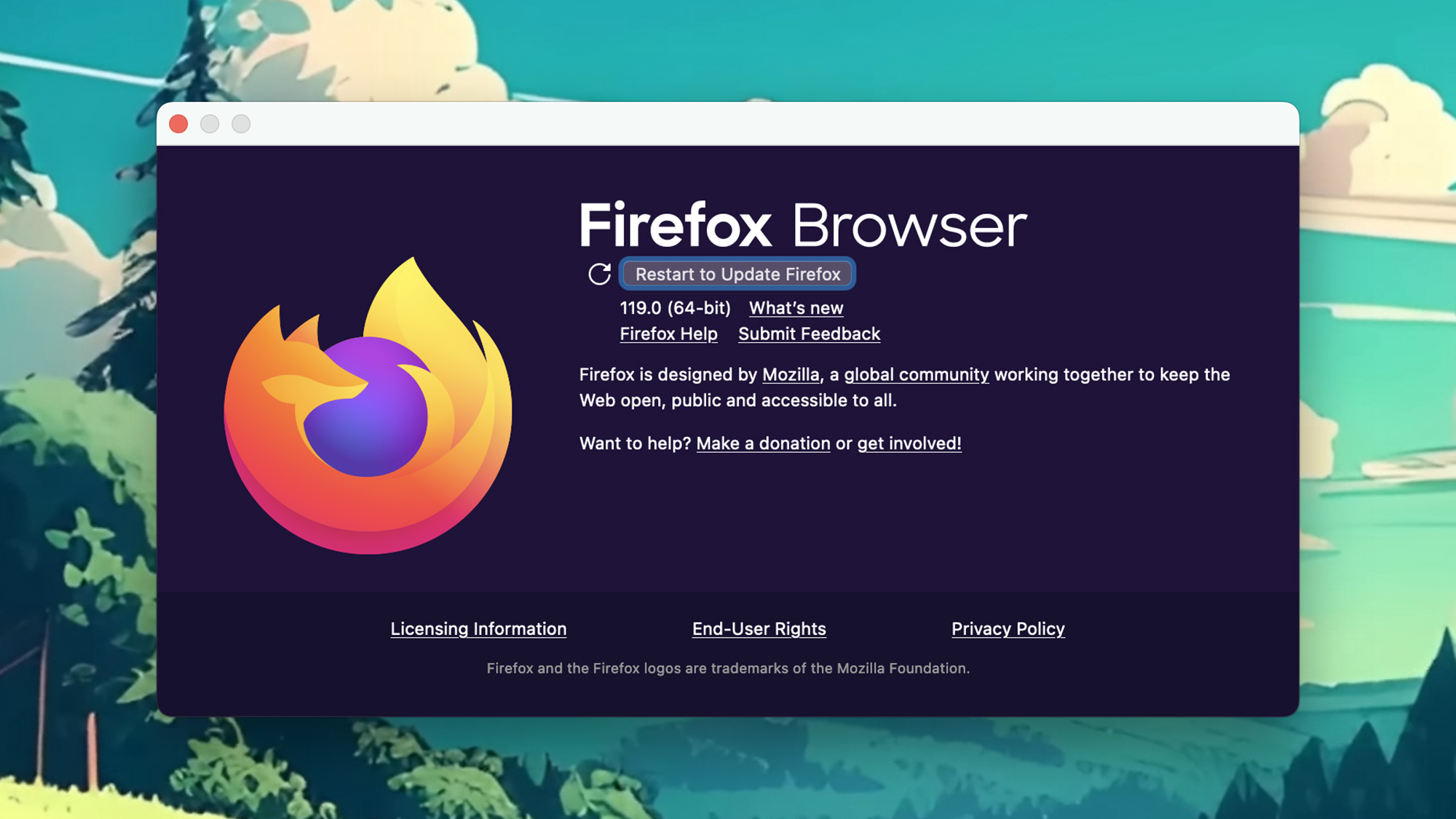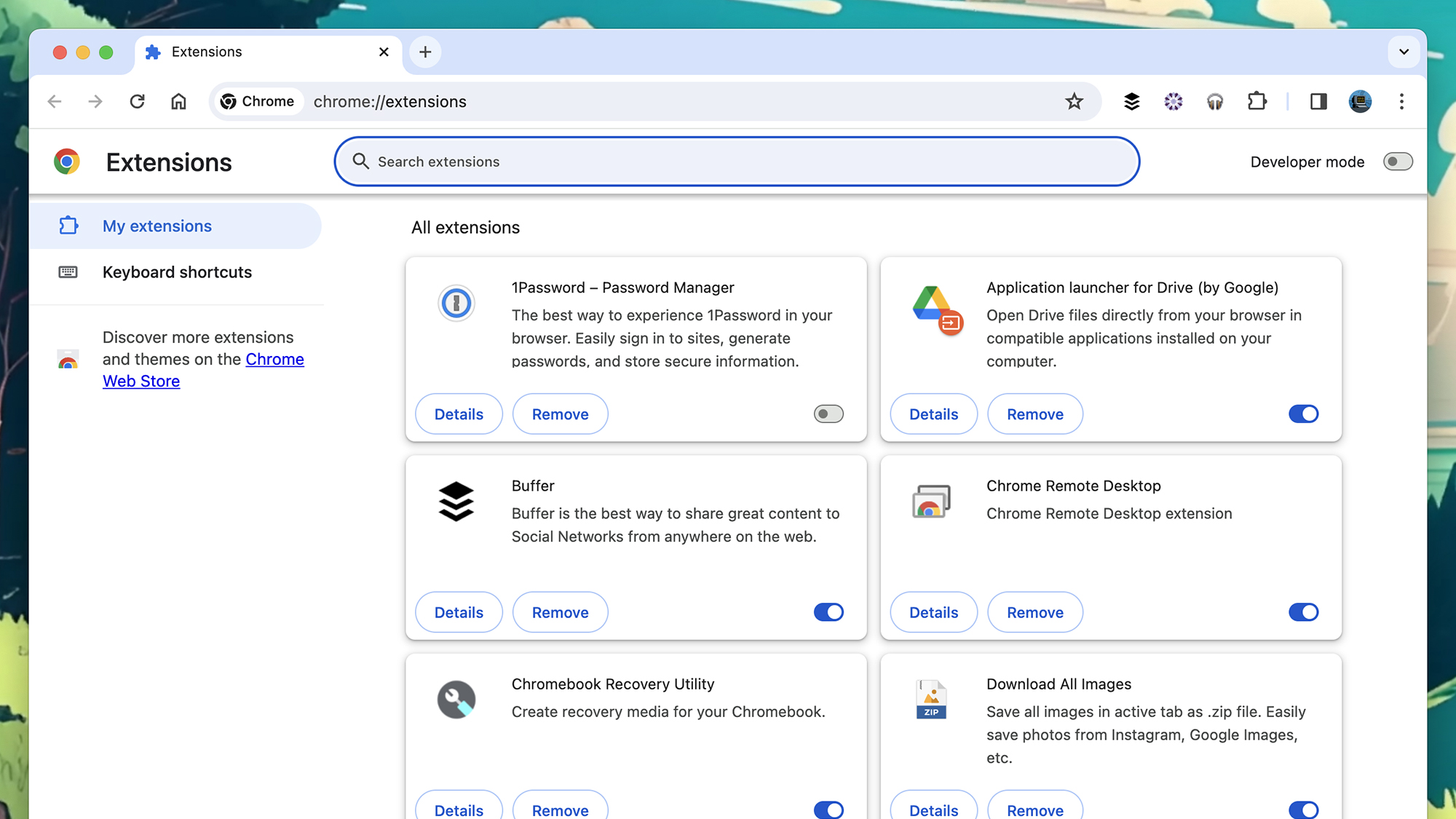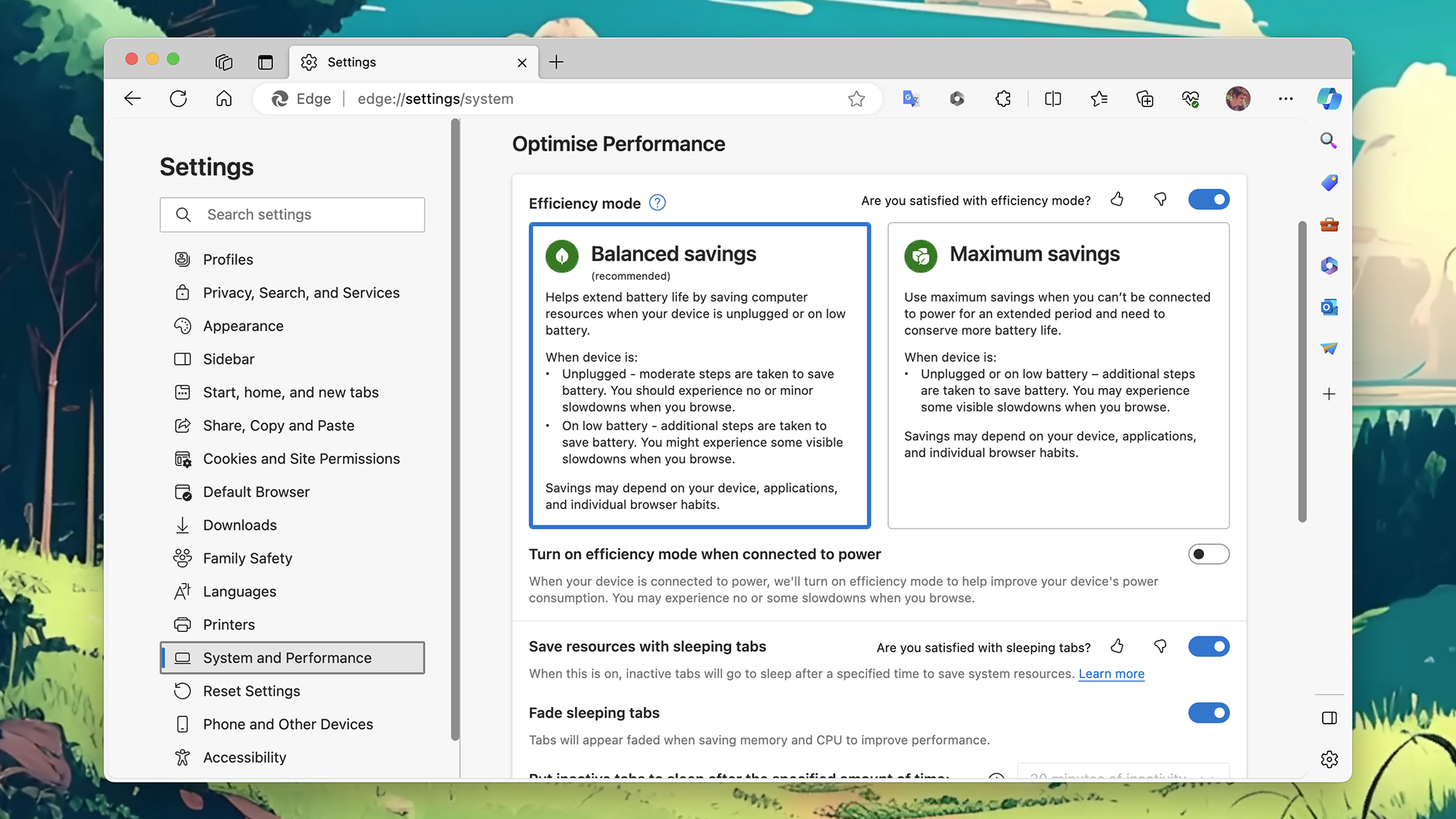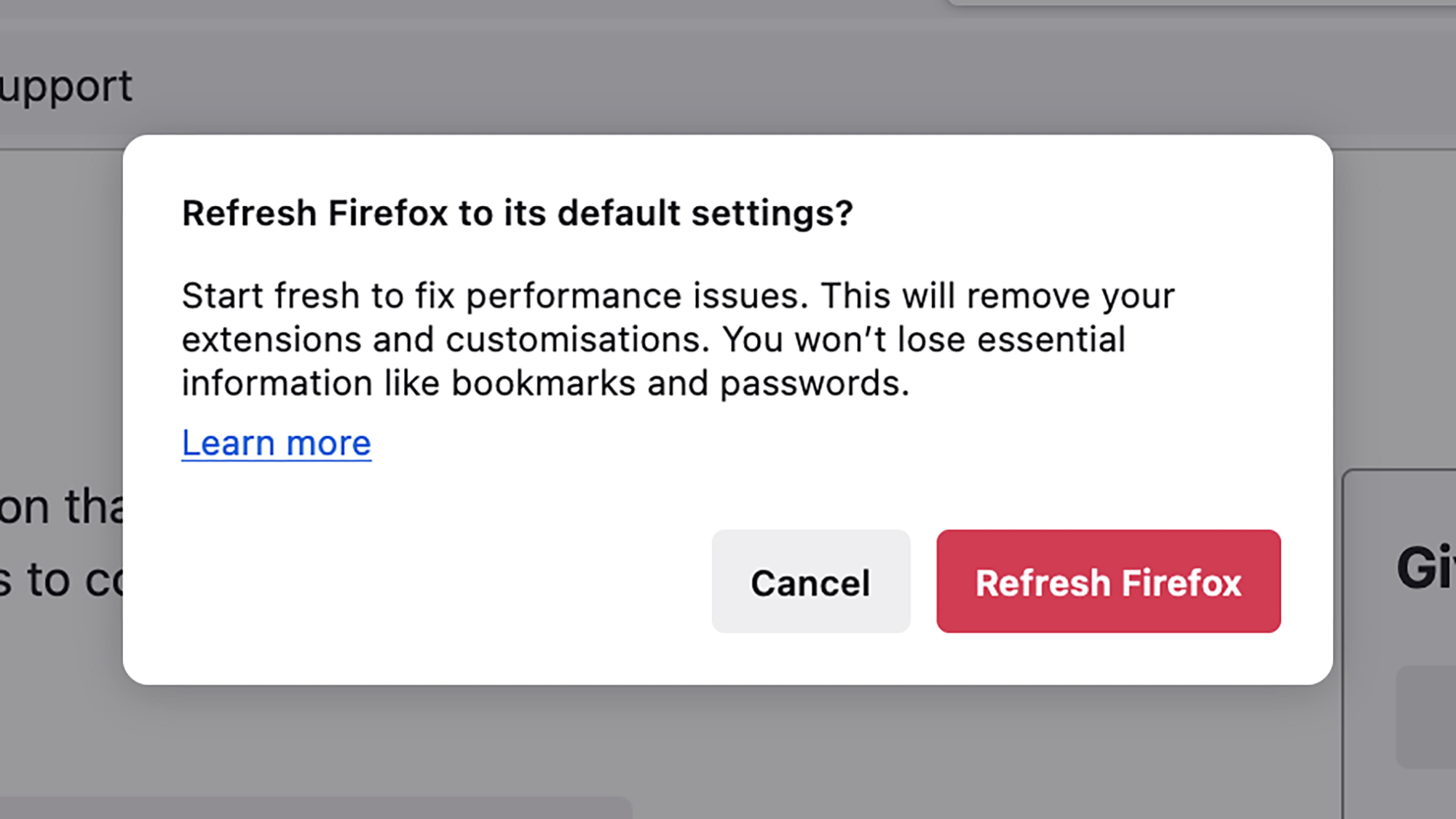

Many of us spend hours each day interacting with a web browser like Google Chrome or Apple Safari. Those long sessions mean even small impacts on performance can end up making a big difference in terms of day-to-day productivity. Waiting just an extra half-second for each webpage to load can really add up over weeks, months, and even years.
Just like your computer in general, web browsers can slow down over time, as you start to do more and more with them. Whether that’s having more extensions installed or having more data cached to your computer’s local storage, it takes a toll.
You don’t have to just settle for this increasing sluggishness though, because there are ways to bring back the zippy performance that your browser had when it first started up. Some of these tricks are specific to one browser, but most work across the spectrum.
Installing updates

First and foremost you need to make sure you’re always running the latest version of your web browser of choice. This is so important that it’s now quite difficult to let your browser get out of date, in fact, without being nagged to install the upgrade.
Running the latest code means you have the newest features and the most up-to-date optimizations installed, and that you’re well protected against security exploits and nasty software bugs. It also means that your browser won’t get tripped up by any newer web technologies or complex web apps that it needs to work with.
Updates will be largely handled automatically, but you can check manually too. In Chrome, click the three dots (top right), then Help and About Google Chrome; in Edge, click the three dots (top right), then Help and Feedback and About Microsoft Edge. For Firefox on Windows, click the three horizontal lines (top right), then Help and About Firefox and in Firefox on macOS, open the Firefox menu and choose About Firefox.
When it comes to Safari, the updates for the browser are bundled in with updates for macOS. To make sure macOS is up to date, open the Apple menu, click System Settings, then choose General and Software Update.
Auditing extensions

There’s no doubt browser extensions can be very useful for getting around the web and doing more without having to launch another full program. But install too many of them and they will slowl things down. That’s especially true for add-ons that constantly analyze what you’re pulling up on the web.
With that in mind, it’s a good idea to run a regular audit of the extensions you’ve got in-place. Remove the ones you don’t make a lot of use of (you can always install them again in future), and you should get a snappier browser as a result.
In Chrome, you can find your extensions by clicking the three dots (top right), then Extensions and Manage Extensions—use the toggle switches to disable add-ons, and the Remove buttons to uninstall them. With Firefox, you need to click the three horizontal lines (top right), then Add-ons and themes: Again, you’ve got toggle switches for enabling and disabling extensions, but you can click the three dots and Remove to uninstall them.
If you’re using Microsoft Edge for your browsing, click the three dots (top right), then Extensions and Manage Extensions to find the toggle switches (for enabling and disabling) and Remove buttons (for uninstalling). Finally, in Safari, open the Safari menu and pick Settings then Extensions—the checkboxes let you enable and disable the add-ons, and the Uninstall buttons let you remove them.
Enabling optimizations

This one is a bit more specific to your web browser, but most modern day browsers come with a feature or two that’s designed to optimize your browsing experience. Make sure you know what’s available in the browser you use, and how you can enable these features in the browser settings.
In Google Chrome, click the three dots (top right), then Settings and Performance: You can turn on Memory saver to ‘snooze’ inactive tabs and free up memory, and Preload pages, which loads pages you’re likely to visit next in the background. Switch to the System tab to enable hardware acceleration, which delegates more intensive visual and audio tasks to your computer’s dedicated graphics and audio components for more efficient handling.
You can find hardware acceleration, tab snoozing, and a few other performance-enhancing features in Microsoft Edge by clicking the three dots (top right), then Settings and System and Performance. You can also choose a balance between power (using all your system’s resources) and efficiency (saving the energy demands of the browser).
Firefox has just one setting you should turn on: Click the three horizontal lines (top right), then Settings and General to find Use recommended performance settings, which enables hardware acceleration. In Safari, meanwhile, you can pick Safari, Settings, and Tabs to have inactive tabs automatically shut down after a certain amount of time, freeing up system resources.
Starting again

There is one more option here, which is to uninstall your browser and start again from scratch (although you can’t do this with Safari or Edge, which are tied to their operating systems). It means all of your extensions and personalized settings get cleared out, as well as any temporary data files that haven’t been properly cleared. This is like a fresh start for your browser, and it should mean it gets back to its original speed.
You can uninstall applications in Windows by opening Settings from the Start menu, then choosing Apps and Installed apps—each app has three dots next to it, that you can click to find the option to uninstall. Over on macOS, open the Applications folder in Finder to locate your browsers, then drag the relevant icons down to the trash can icon on the dock to remove them from the system.
If you get asked if you want to clear the data associated with your browser at the same time, you should say yes to this if you want a properly clean start, without any of the baggage that has built up. You can then take to the web to redownload your browser of choice and start the setup process again.
Firefox comes with a feature that lets you do a reset of the software (returning it to its original state) without actually having to go through the uninstall and reinstall processes. Click the three horizontal lines (top right), then Help and More troubleshooting information, and then Refresh Firefox.
